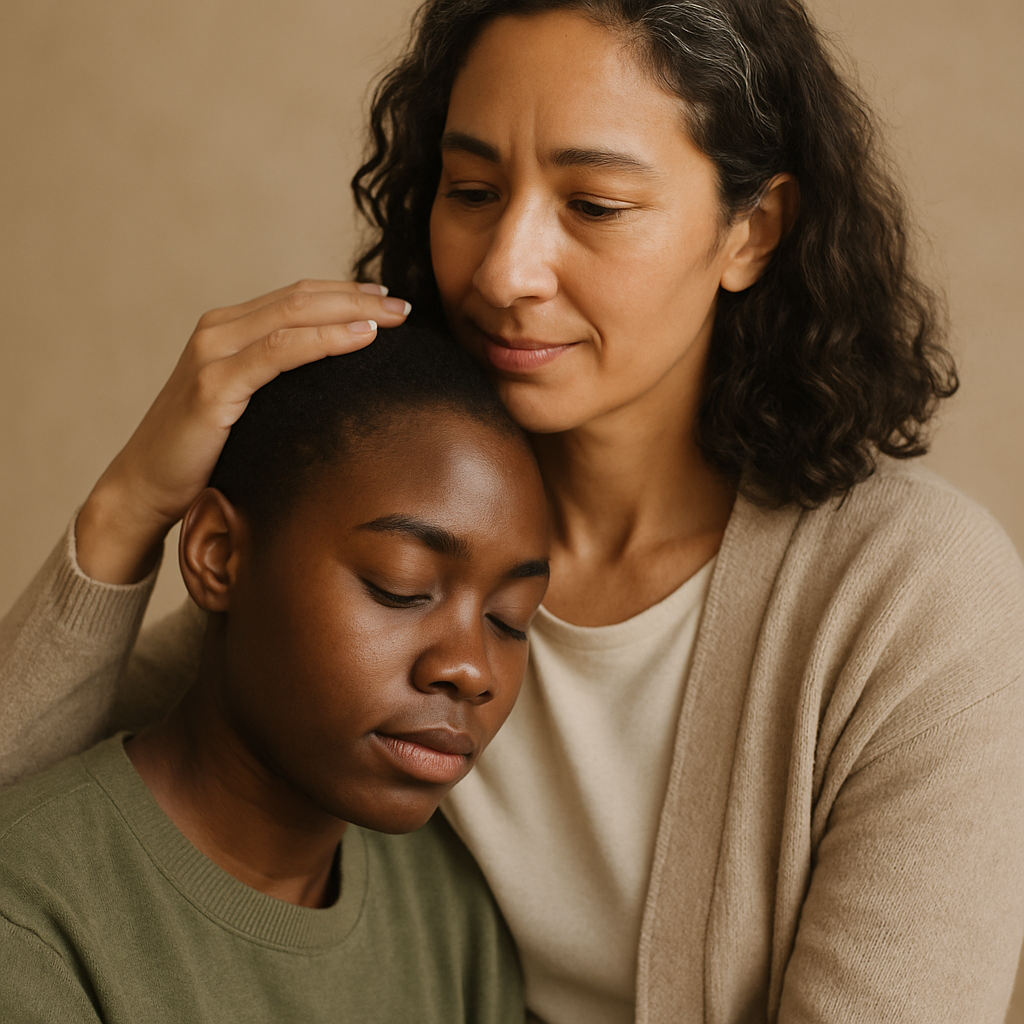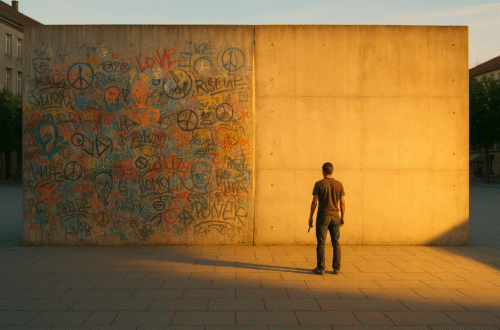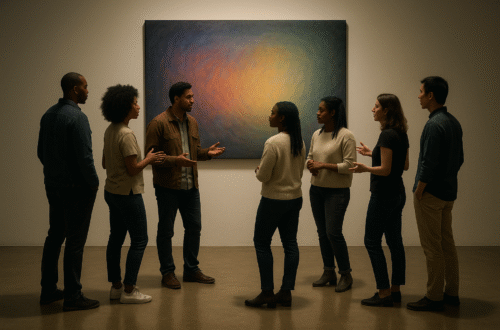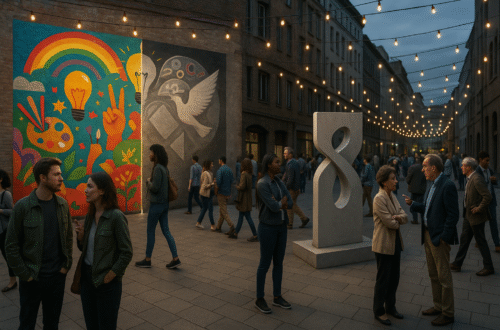There is, I dare say, a curious irony in the human condition: we long to be seen, truly seen—and yet we often fear the very gaze that might behold us. We wear masks not to deceive, but to survive. And in a world quick to critique and slow to understand, many a soul has retreated into self-defensive silence simply to preserve what fragile dignity remains.
Now, I have spent enough time pondering the arcane philosophies of East and West to tell you that nearly every great tradition gestures—more or less awkwardly—toward the redemptive power of presence. But what is often forgotten is that presence alone is not enough. One must welcome the other. One must say, in essence, “Yes, I see you—and still, I stay.”
That, dear reader, is where the alchemy happens.
Rejection, of course, is a cruel teacher. It leaves behind a carapace, a shell of the person who once dared to open themselves. Like barnacles on a sunken ship, rejection accretes over time—layer upon layer—until the self, once tender and responsive, becomes encrusted and inert. And with that hardening comes cynicism, isolation, and a grim resolve never again to be vulnerable.
I’ve known men and women—perhaps you have too—who, once radiant with curiosity and yearning, became ossified by years of subtle and overt exclusion. They were too loud, too dark, too soft, too queer, too poor, too broken. And so they were shown, sometimes gently, sometimes with brute force, the door.
But how different the story when one is welcomed.
When Jesus, dusty from the road, looked into the eyes of tax collectors, prostitutes, and zealots—not with disdain but with a deep, unflinching welcome—he was, in that moment, turning the world upside down. And what’s more, he didn’t say, “Fix yourself and then follow me.” He said, in effect, “Come as you are. There is room at the table.”
It’s a radical gesture, really—acceptance. Not mere tolerance, mind you, that thin and brittle thing that says, “I suppose I’ll put up with you.” No. Acceptance is the art of making space in one’s soul for the other. It is seeing someone—truly seeing them—and refusing to flinch. It is understanding that the messy, complicated, maddening human before you is, in fact, not an interruption of your life but perhaps its point.
Transformation, then, is not coerced. It is coaxed forth by love.
Just as a seed will not flower under harsh winds but blooms when placed in fertile soil, so too the human heart will not soften under judgment but only under grace. And grace, I would submit, often looks like a cup of tea and an unhurried conversation. It looks like not raising an eyebrow. It looks like saying, with neither pity nor condescension, “You belong.”
You see, the real miracle is not that broken people become whole. The real miracle is that someone believed they could.
So then, what are we to do with this uncomfortable truth? Shall we continue building barriers and fortresses around our purity, our politics, our pieties? Or shall we risk the vulnerable work of becoming agents of cathartic change—not by argument or force, but by welcome?
Let us be the kind of people who hold doors open, who make room at the table, who light a lamp in the window for the weary traveler. Let us be, in our own small ways, the ones who say: “Come in. Sit down. You’re safe here.”
For in the end, it may well be our quiet welcome that births the loudest transformation.





